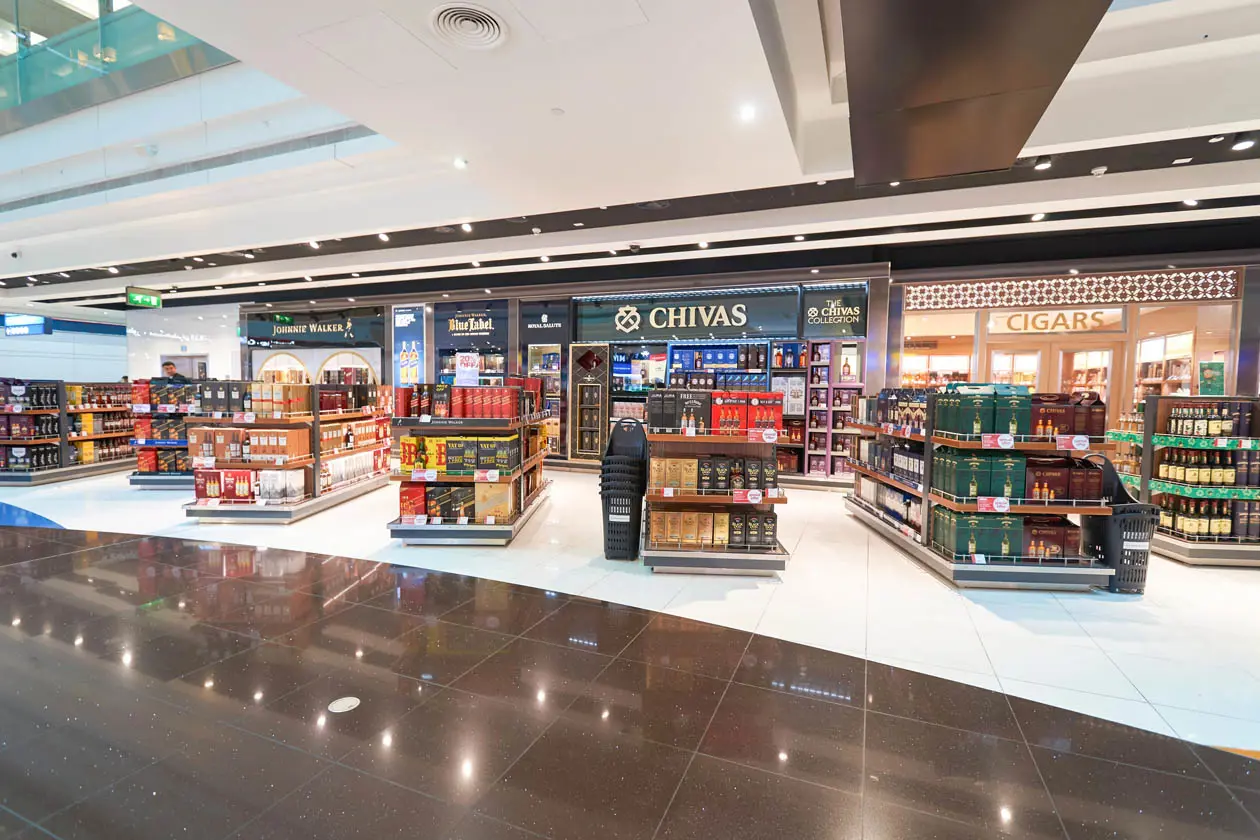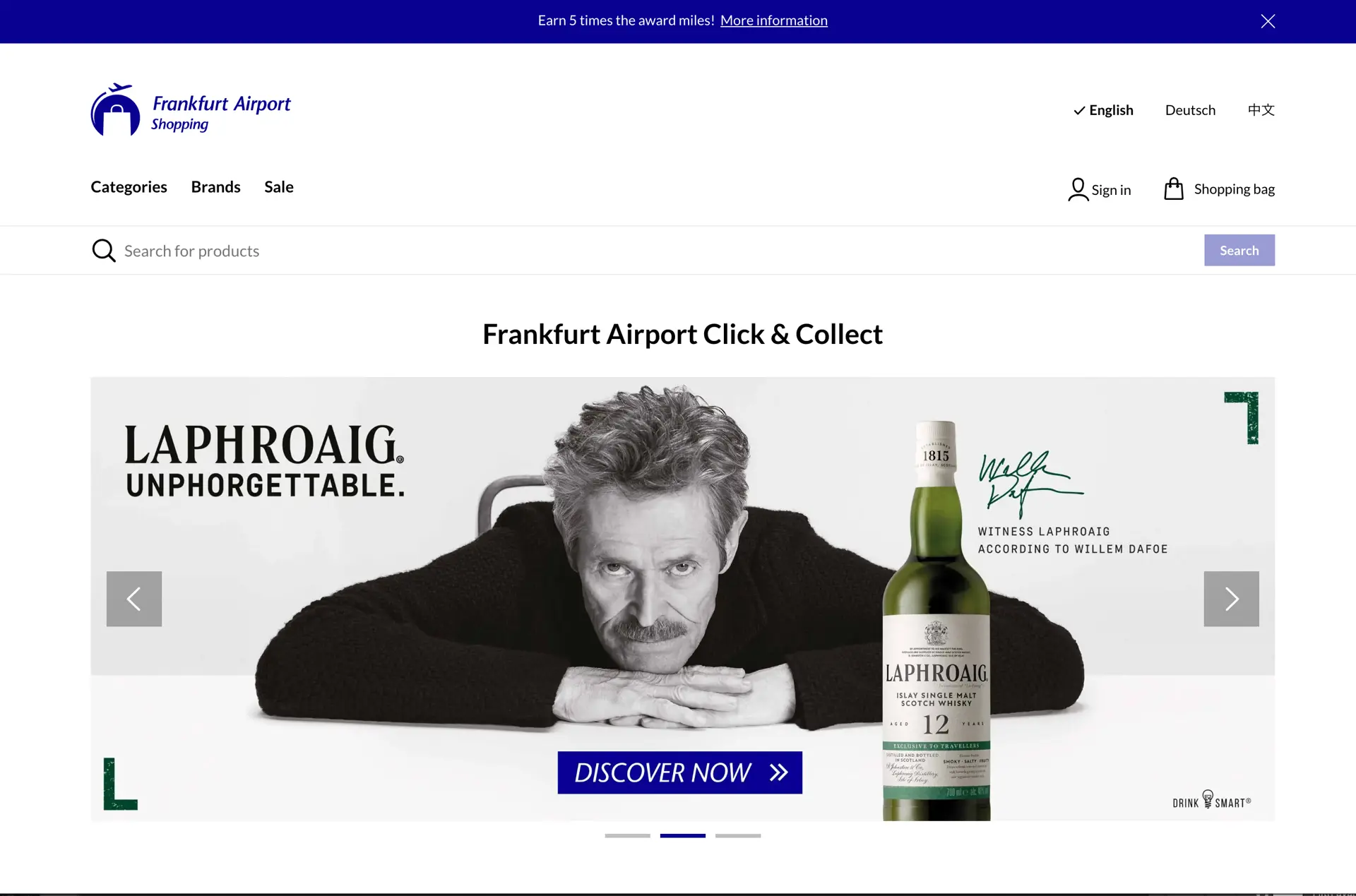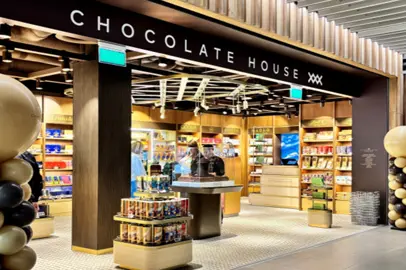The future of airport retail
The world of travel retail is in the midst of a revolution. In airports around the world, duty-free shops and boutiques are becoming integrated digital experiences, where passengers can shop before they even leave, receive personalized offers and pick up products quickly and automatically.
According to an analysis by Future Market Insights ("Airport Retailing Market Report 2025-2035" - Future Market Insights), the global value of airport retail will exceed $100 billion by 2030, with an average annual growth of more than 11%. A result driven by digitization, the return of international traffic and the demand for more fluid and personalized experiences by travellers.

Until a few years ago, buying at the airport was linked to leisure time before boarding. Today, thanks to dedicated e-commerce platforms, apps and pre-order systems, airport retail has transformed into a hybrid channel, increasingly close to the online shopping experience.
According to Bain & Company (Airport Retail: Brace for Disruption) - Bain & Company 2024), customers who use multiple shopping channels (digital and physical) spend up to twice as much as passengers who buy only in brick-and-mortar stores. For dealerships and airports, digital is therefore a powerful tool for loyalty and growth in non-aeronautical revenues.


The five trends that will drive airport retail in 2030
1. Omnichannel and built-in pre-order
The future of duty free passes through the integration of channels. Passengers will be able to book online, receive notifications on the airport app and pick up products at the terminal or directly at the gate.
Many international airports are already experimenting with Reserve & Collect and Click & Collect services that combine efficient logistics and personalisation of the offer.
2. Phygital experiences and augmented reality
The retail frontier will be experiential. According to Airport Technology, by 2030 many airports will introduce interactive shop windows, digital mirrors and augmented reality to virtually try on accessories or cosmetics.
The physical store will not disappear, but will merge with the digital one to offer immersive and engaging experiences.
3. Personalization through artificial intelligence
Artificial intelligence will be at the heart of the new airport customer experience.
Machine learning algorithms will analyze travel habits, purchase history and time spent at the terminal to propose tailor-made offers, optimizing the mix between duty free, catering and entertainment.
4. Sustainable and local retail
Sustainability will be a determining factor. The airports of the future will focus on low-impact shops, eco-friendly packaging and local products. As Oliver Wyman Forum points out ("Traveler Tribes 2030" and "Airports of the Future"), the new generations of passengers choose brands that reflect environmental and territorial values: the concept of "buying local" will become an integral part of the travel experience.
5. The airport as a commercial and urban hub
The boundary between airport and city will tend to disappear. Experts speak of "aerotropolis": airport areas that become commercial, cultural and entertainment hubs. Airport terminals will be transformed into shopping and lifestyle destinations, with pop-up brands, exhibition spaces and galleries dedicated to local brands.
According to McKinsey (The Airline Retailing Opportunity" - McKinsey & Company 2024), the modernization of airport retail, including dynamic pricing, pre-orders and digital services can generate up to $45 billion in added value for airlines and airports by 2030. In this scenario, collaboration between airport operators, concessionaires and brands will be crucial to build sustainable, flexible and customer-oriented business models.






